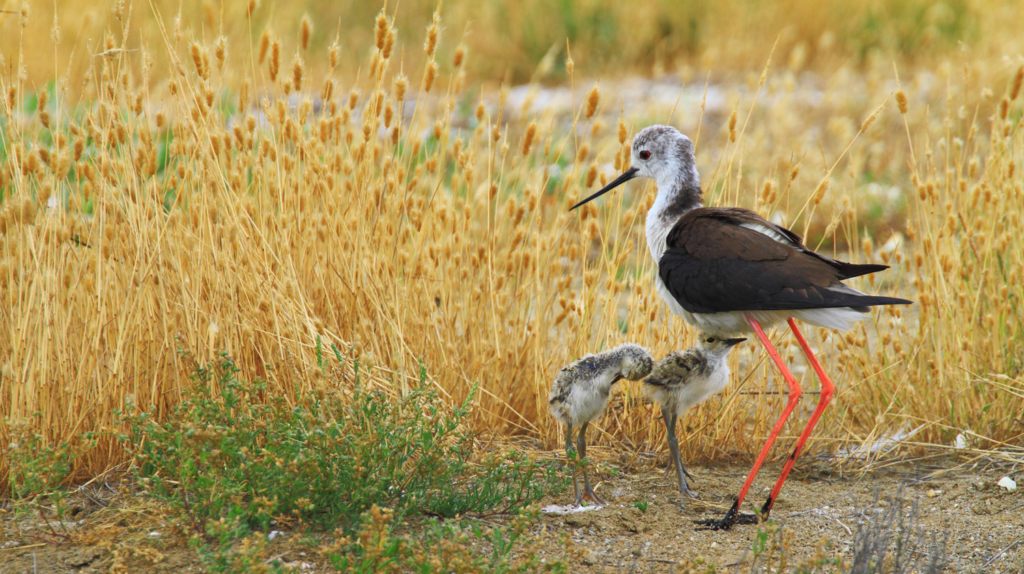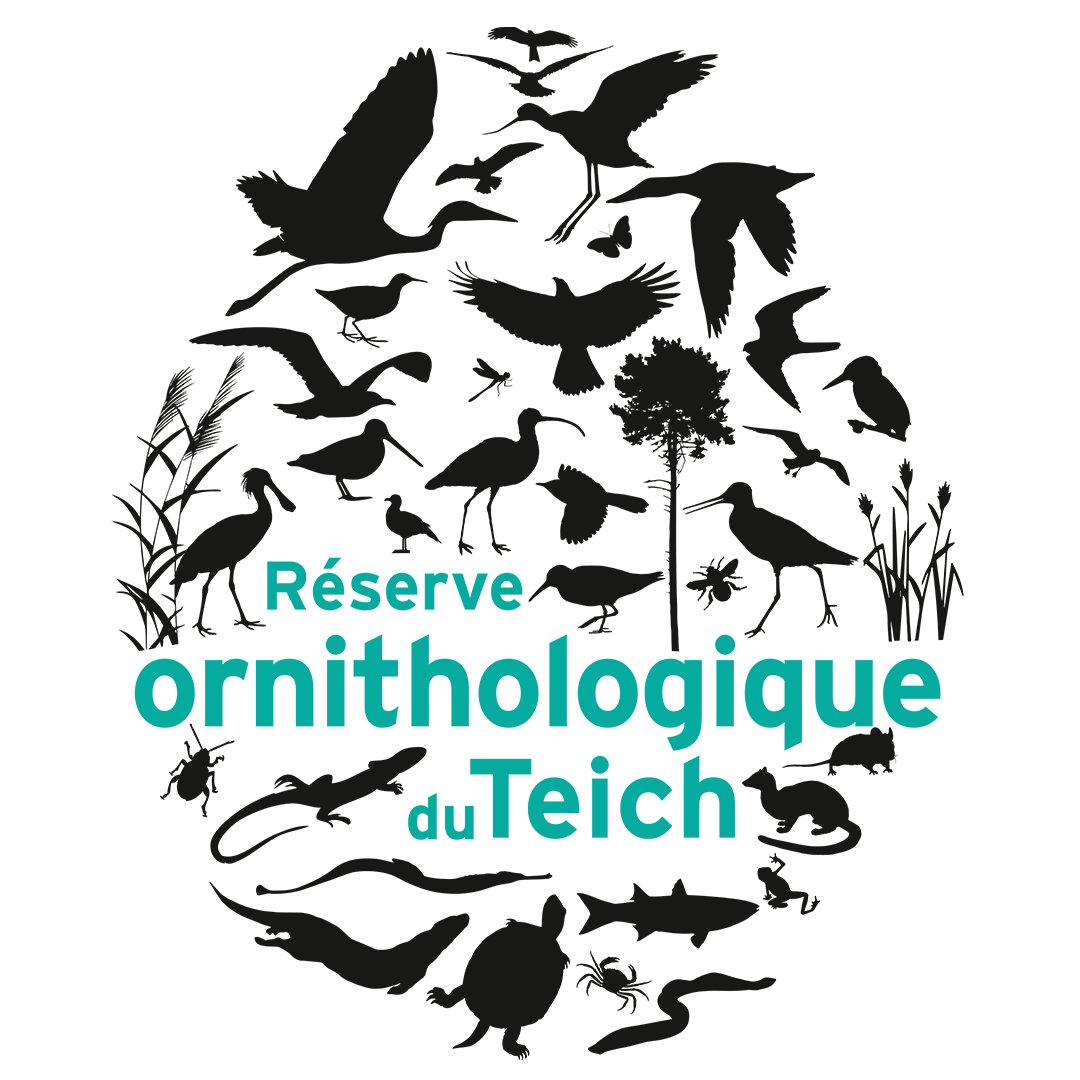Species
Teich Bird Reserve is well-known in France as a prime location for ‘ticking off’ these more unusual members of the bird world …
As of the end of 2015, thanks to the conscientious, concerted efforts put into bird observation over the last 43 years on the site, 323 species and sub-species have been identified on the reserve’s 110 hectares. This is an amazing number for such a small area and bears testimony to the importance of this kind of site, which caters to the needs of the birds passing through this area in many different ways. For the most part,species observed on the reserve are regularly seen, whilst rarer bird sightings are officially checked by regional or national committees before being confirmed. Other, often older sightings have not been checked, either because such committees did not exist at the time or simply because of an oversight on the part of the people who made the sighting…
Some species have only been recorded on a single occasion, with the sighting lasting no more than a few minutes. You shouldn’t therefore expect to see species categorized as being TR (Très Rare – Very Rare) every time you visit.
Breeding birds
88 species breed or have bred at some time in the past on this 110 hectare reserve.
This impressive diversity is due to the presence of a number of very different natural habitats in a relatively small area.
As a result, the Great Spotted Woodpecker, a classic woodland species, lives alongside the Grey Heron –a bird of marshy habitat. In turn, the Grey Heron rubs shoulders (or perhaps we should say wings), every day with the Great Black-backed Gull, a species that is very much an inhabitant of coastal areas.
Passerines are extremely common, ranging from the very familiar, such as the Robin, to very rare species like the White-spotted Bluethroat.
The breeding season runs from the end of January, when the first White Storks return to their nesting sites, right up to the end of August, when the last of the Water Rail chicks born on the reserve have finally taken to the wing. For most species, however, the breeding season occurs between April and June.
Most species are very hard to see during the breeding season. However, the young of some species can be seen at close quarters by the public from viewing points, hides or pathways (White Stork, Black-winged Stilt, Little Ringed Plover, Black Kite…).
Overwintering
Migratory birds from northern and eastern Europe
spend the winter at the reserve. Depending on the species, this so-called ‘overwintering’ period (which should not be confused with the ‘hibernation’ undergone by some other vertebrates), begins in October and continues until the month of March. During this time, the birds only make short journeys, mostly in order to feed.
It’s at this time of year that the reserve plays host to the greatest concentrations of birdlife, as many species flock together during the winter. Winter is also a time in which certainchanges in bird behaviour may be observed and rarely-seen species straight from the icy polar regions can be spotted…
Migrations
Generaly speaking,
bird migration occurs right throughout the year, except during the months of December and January. In recent years, however, this general principle has been broken with increasing frequency…
We may nonetheless identify two distinct periods:
- The pre-nuptial or spring migration, which stretches from January (Greylag Goose, Pintail…) up to the beginning of June.
- The post-nuptial migration or autumn migration, which begins in June and peters out by December. Of course, the largest number of species are on the move around the mid-way point of these two migratory waves (March to May and September to November).

During these two periods in the life of these migratory species,
tens of thousands of birds may visit the reserve for a few hours or a few days. For some species, the reserve is a ‘must’ in terms of stopovers, with the same ringed individuals being spotted on a regular basis (Spoonbill, Black-tailed Godwit…). Species diversity on the reserve is at its greatest during these two periods and it is not uncommon for more than 100 species to be noted in the course of a single visit. It’s also during the migration period that there’s the greatest likelihood of seeing rare birds from the distant lands of the North American continent or central Asia.
However, as is always the case in the natural world, nothing can be taken for granted. Different variables can make it difficult even for the best naturalists to accurately predict when exactly birds will drop in or stop over on the reserve. Patience and alertness are a must. It is also important to ‘do one’s homework’ in advance so as to be present on-site at such times that you can get a real ‘feel’ for the truly spectacular nature of this phenomenon…
